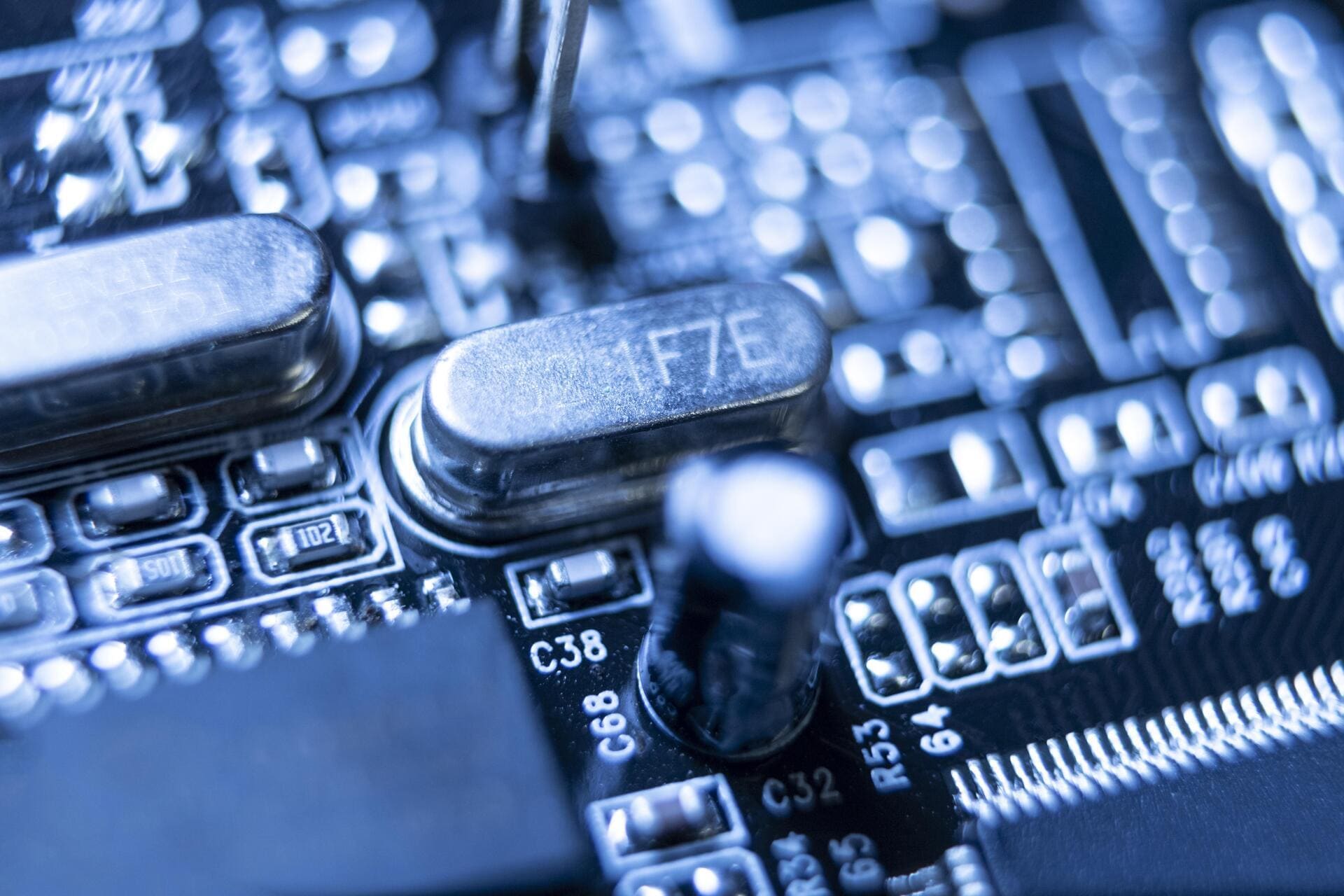PHA for Electronic Applications: A Promising Material for Industry
PHA is emerging as a promising alternative. This biodegradable polymer offers interesting technical characteristics for electronic components, while meeting growing environmental requirements. Let’s take a look at how PHA can be incorporated into electronic applications and the benefits it can bring.

Meet Market Requirements
The integration of PHA in electronic applications represents an opportunity for manufacturers. This sustainable material meets environmental challenges while guaranteeing high-quality technical performance. By working with PHA Sourcing, companies benefit from recognised expertise, large–scale production capacity and international certification. The result? You meet market requirements while contributing to a circular and responsible economy.
What is PHA and why is it king?
PHA bioplastic manufacturing process
PHA is a biopolymer produced by certain bacteria and renewable raw materials such as sugars or vegetable oils. Unlike traditional plastics, it is entirely biodegradable and compostable. The unique properties of this biosourced material make it an ideal candidate for a number of applications, including electronics.
Electronic applications: the key properties of PHA
PHA is renowned for its flexibility, heat resistance and ability to be moulded into a variety of shapes. It can be used to manufacture robust, lightweight electronic components.
- Thermal resistance: PHA can withstand high temperatures, making it suitable for use in electronic applications.
- Biodegradability: it breaks down naturally in any environment, reducing the environmental impact of end-of-life products.
- Non-toxic and safe: PHA contains no harmful chemicals, such as phthalates or bisphenol A.
What are the electronic applications of PHA?
Manufacture of PHA electronic components
PHA can be used to produce various components, such as printed circuit boards and connectors. It can also be used for organic packaging! In short, its ability to degrade naturally makes it ideal for these products with a limited lifespan. Finally, PHA is flexible enough to be used on these products and (obviously) without compromising the quality of the connections.
PHA’s electronic applications: wire and cable insulation
Its resistance to heat and its mechanical properties make it the ideal candidate! For companies, considering its use in industrial environments is a real possibility. PHA wire and cable insulation is an environmentally-friendly, high-performance solution for the electronics industry. Its thermal resistance, flexibility and biodegradability make it a material of the future for sustainable industries.
PHA printed circuits, customisable and reliable
The PHA offers an innovative solution for the electronics industry in 2 respects:
- Compostability: PHA printed circuits degrade at the end of their life, reducing electronic waste.
- Adaptability: PHA can be transformed and customised to meet the specific needs of manufacturers, ensuring made-to-measure production.
The advantages of PHA in the field of electronics
Reducing electronic waste
By 2020, around 53.6 million tonnes of electronic waste will have been generated worldwide. Using PHA can help reduce this amount. PHA components biodegrade naturally in any environment.
Compliance with environmental standards
International regulations are being tightened to reduce the use of plastic and encourage the adoption of more environmentally-friendly materials. The European directive on single-use plastics requires companies to review their production chains. PHA electronic components help to meet these requirements while reducing the overall environmental impact.
N.B. : You can find all the environmental certifications for PHA below.
Reduced carbon footprint
The production of petroleum-based plastics is extremely energy-intensive. PHA, on the other hand, is made from renewable resources and requires less energy. By incorporating PHA into their products, manufacturers can reduce their carbon footprint while offering quality products.
PHA: a sustainable, multi-use and eco-responsible material
The ecological benefits of PHA, electronic or not
- PHA plays a central role in the transition to a circular and sustainable economy. Its use enables us to meet the sustainable development objectives set by the UN in order to :
- save fossil fuels by reducing dependence on non-renewable energy sources
- preserve ecosystems, since PHA degrades naturally without releasing microplastics, preventing contamination of aquatic and terrestrial environments
- reduce carbon emissions: between 1.5 and 3 kg of CO2 per kilogram for the production of PHA, compared with 2 to 3.5 kg for a traditional plastic.
Electronic applications, yes, but not only…
PHA has many industrial uses, including :
Contact
Let’s Work Together on Your Next Sustainable Project
Ready to switch to PHA or explore how it can revolutionize your products? Contact us to discuss how we can support your sustainability goals with scalable PHA solutions.